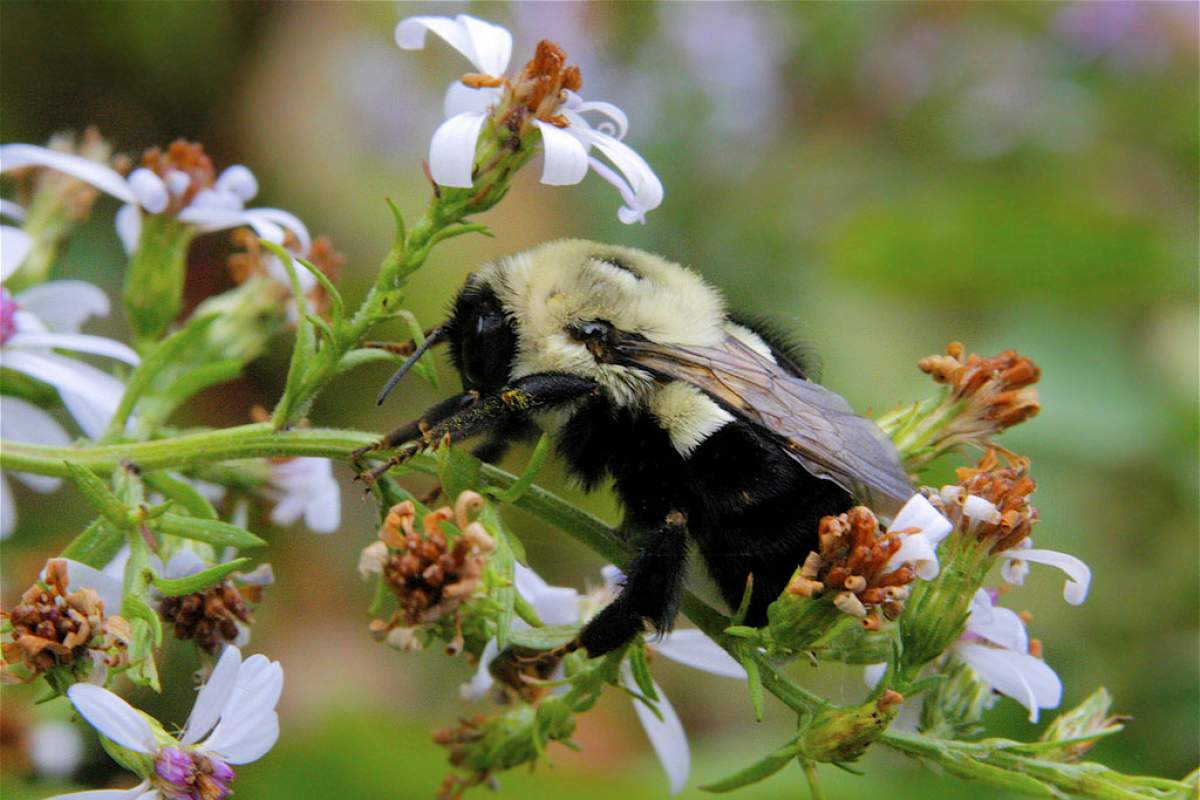
If a bumblebee has ever caught your attention, you may have found yourself considering its travels. Does the bee have a method to its buzzing? Or does it fly at random, flower to flower?
Invisible to Us
Researchers at the University of Bristol, in England, have found that bumblebees do, in fact, have a way of telling which flowers offer the most promising source of food: by detecting scent marks left by bumblebee footprints.
When bumblebees land on a flower, their legs leave invisible chemical markers that can be sensed by themselves and by other bees.
Buzzing For Dinner
In a series of experiments, the researchers exposed bumblebees to various flowers: some with scent markers from the test bees, some with markers from bees from their hive, some with markers from bees from a different hive, and some flowers that were not marked.
The test bees were clearly able to distinguish between the flower types based on the scent markers. The researchers believe this ability helps bumblebees find flowers offering the best food sources.
If a bee lands on a flower only to learn that the flower has already been visited by its fellow hive dwellers or by bees from another hive, or even recently by itself, that's a sign that the flower has already been harvested for nutrients.
And so the bee knows to buzz off to find a flower with more to offer.
Thank you to Richard Pearce of the University of Bristol for reviewing this episode!
Sources And Further Reading:
- Pearce, Richard F., Luca Giuggioli, and Sean A. Rands. "Bumblebees can discriminate between scent-marks deposited by conspecifics." Scientific Reports 7 (March 07, 2017): 43872. Accessed June 12, 2017. doi:10.1038/srep43872
- "Bumblebees can tell who visited flowers by smelly footprints." New Scientist. March 7, 2017. Accessed June 12, 2017.









